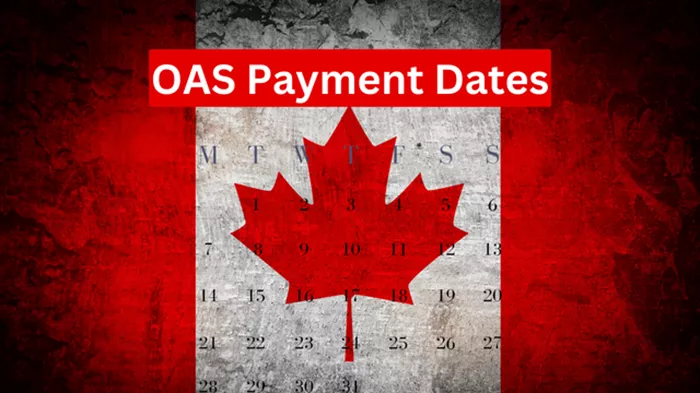The Old Age Security (OAS) program stands as a cornerstone of Canada’s social safety net, providing financial support to seniors. Central to its operation is the timely distribution of OAS payments, a process shaped by historical developments, administrative policies, and technological advancements. This article delves into the intricacies of OAS payment allocation, exploring its evolution, procedural frameworks, and impact on recipients and society at large.
Historical Evolution of OAS Payments
The roots of OAS payments can be traced back to the early 20th century, when Canada began to recognize the need for social security measures to support aging populations. The introduction of the Old Age Security Act in 1951 marked a significant milestone, formalizing a federal pension system aimed at providing financial assistance to eligible seniors. Over subsequent decades, amendments and expansions have refined the program, adapting it to changing demographic trends and societal needs.
Administrative Framework and Payment Processing
The administration of OAS payments involves a complex interplay of legislative mandates, bureaucratic structures, and technological infrastructures. Service Canada, the federal agency responsible for delivering OAS benefits, oversees a meticulous process of eligibility determination, application processing, and payment distribution. Modern advancements in digital services and automated systems have streamlined these operations, enhancing efficiency and accessibility for recipients.
Determining the Payment Date
OAS payments are typically issued on a monthly basis, with the specific date determined by a combination of administrative protocols and calendar considerations. The timing of payments ensures that recipients receive their entitlements in a timely manner, contributing to financial stability and predictability in retirement planning. Factors such as weekends, holidays, and banking procedures influence the exact date of deposit, highlighting the careful coordination required to maintain seamless service delivery.
Impact on Seniors and Society
The timely disbursement of OAS payments plays a crucial role in supporting the economic well-being of Canadian seniors. For many recipients, these funds constitute a significant portion of their retirement income, providing essential financial assistance for basic needs such as housing, healthcare, and daily expenses. Beyond individual benefits, OAS payments contribute to broader economic stability by bolstering consumer spending and fostering social inclusion among older adults.
See also: What Day Of The Month Is Saint Patrick’s Day?
Challenges and Future Considerations
Despite its successes, the OAS program faces ongoing challenges related to demographic shifts, fiscal sustainability, and evolving policy priorities. Addressing these issues requires continued dialogue, strategic planning, and adaptive reforms to ensure that OAS remains responsive to the needs of future generations. Advances in data analytics, service delivery models, and intergovernmental collaboration offer promising avenues for enhancing program efficiency and effectiveness.
Conclusion
In conclusion, the allocation of OAS payments reflects a blend of historical legacy, administrative diligence, and societal commitment to supporting Canada’s aging population. By examining the evolution of OAS, understanding its administrative intricacies, and appreciating its impact on seniors and society, stakeholders can gain deeper insights into the role of social security in promoting economic security and social cohesion. As Canada navigates the complexities of an aging demographic landscape, the principles underpinning OAS payments continue to resonate as a testament to the nation’s commitment to inclusive prosperity and equitable welfare provision.
FAQs About Old Age Pension and OAS in Canada
1. What are the payment dates for Old Age Pension in Canada?
Old Age Pension (OAP) payments in Canada are typically issued on the third-to-last banking day of each month. This ensures that seniors receive their benefits before the end of the month, providing financial stability for their living expenses.
2. What is the new $1200 benefit in Canada for seniors?
The $1200 benefit refers to the one-time payment provided to eligible seniors in Canada as part of economic support measures during certain periods, such as the COVID-19 pandemic. This benefit aims to alleviate financial strain and assist seniors facing increased costs or reduced income due to exceptional circumstances.
3. How much will OAS increase in 2024 in Canada?
The Old Age Security (OAS) pension in Canada is indexed quarterly to inflation, as measured by the Consumer Price Index (CPI). The exact increase for 2024 will depend on the CPI adjustments in the preceding quarters. Historically, these increases help maintain the purchasing power of OAS payments for seniors.
4. When can I collect my OAS in Canada?
You can start collecting the Old Age Security (OAS) pension in Canada at age 65, provided you meet the residency requirements. The pension is designed to provide financial assistance to seniors who have contributed to the Canadian economy throughout their lives, supporting them in retirement.

